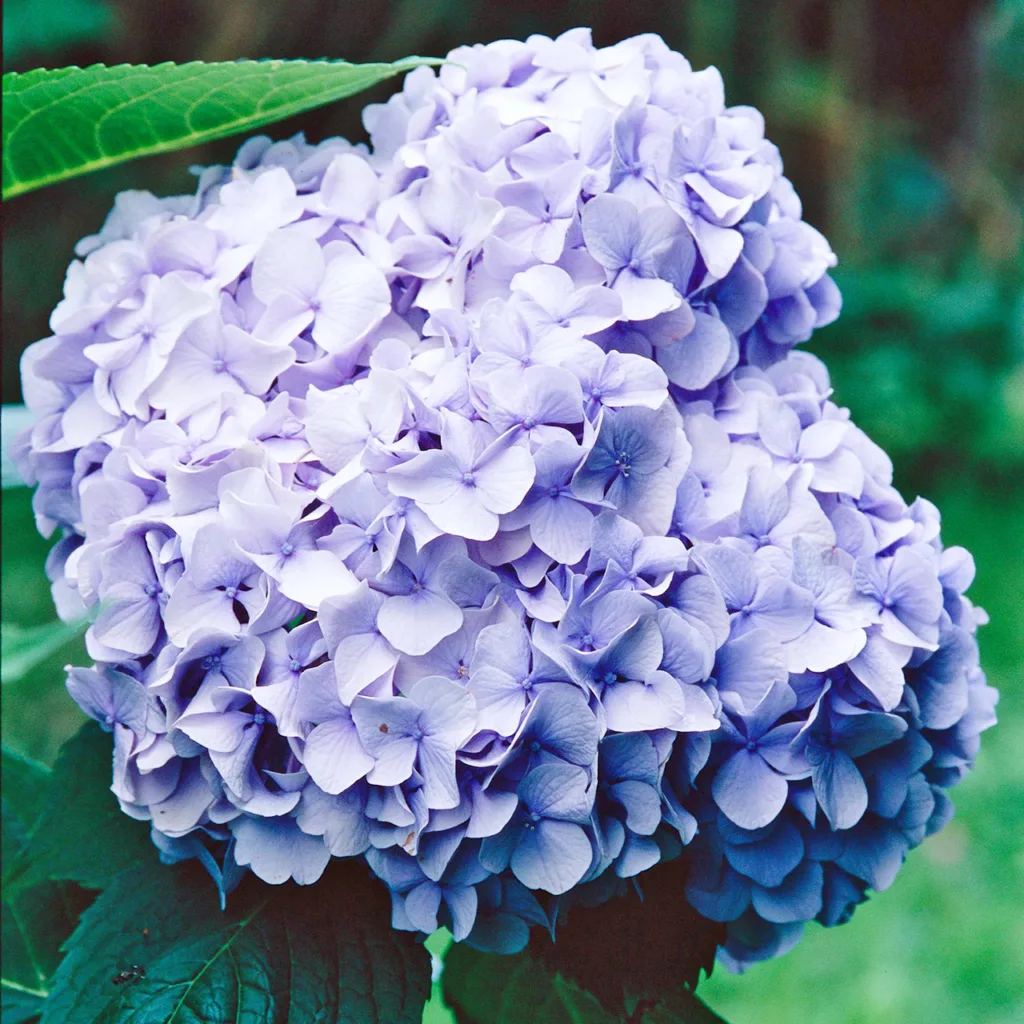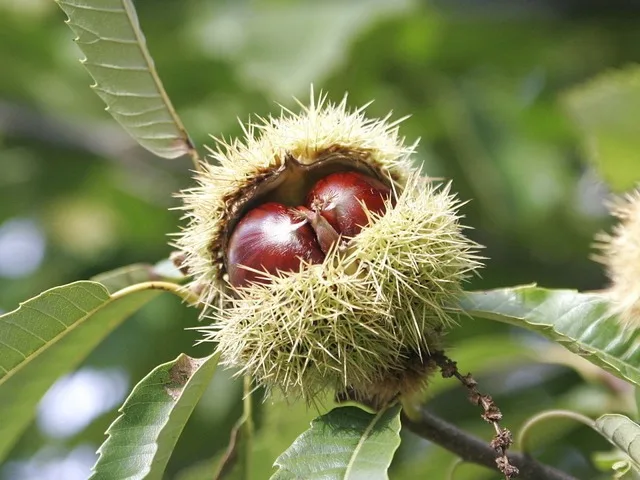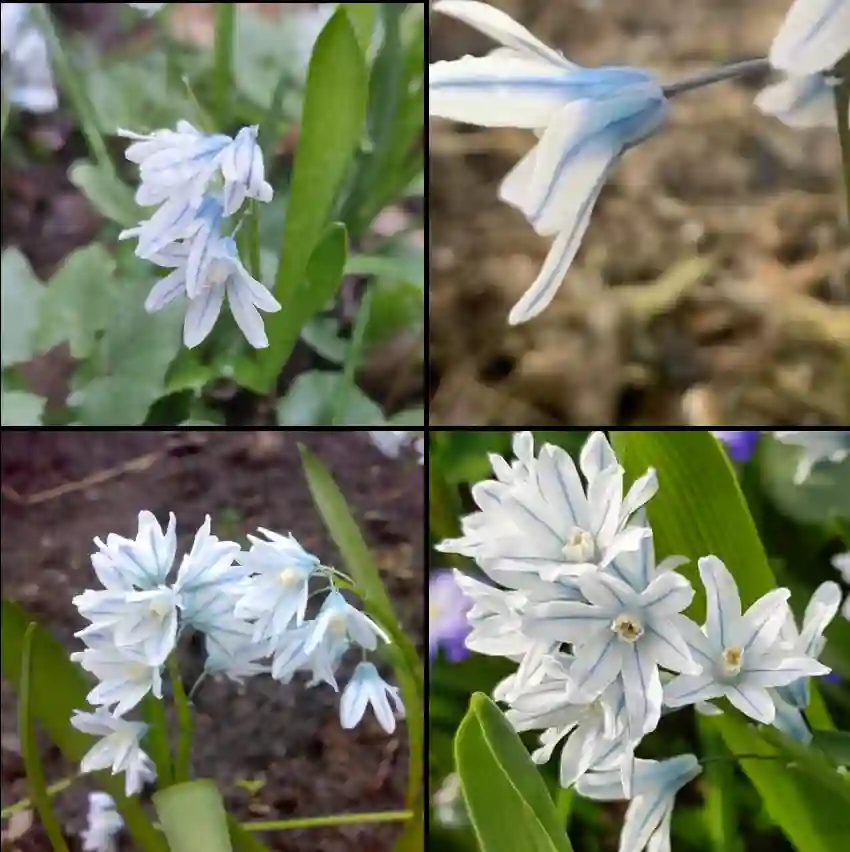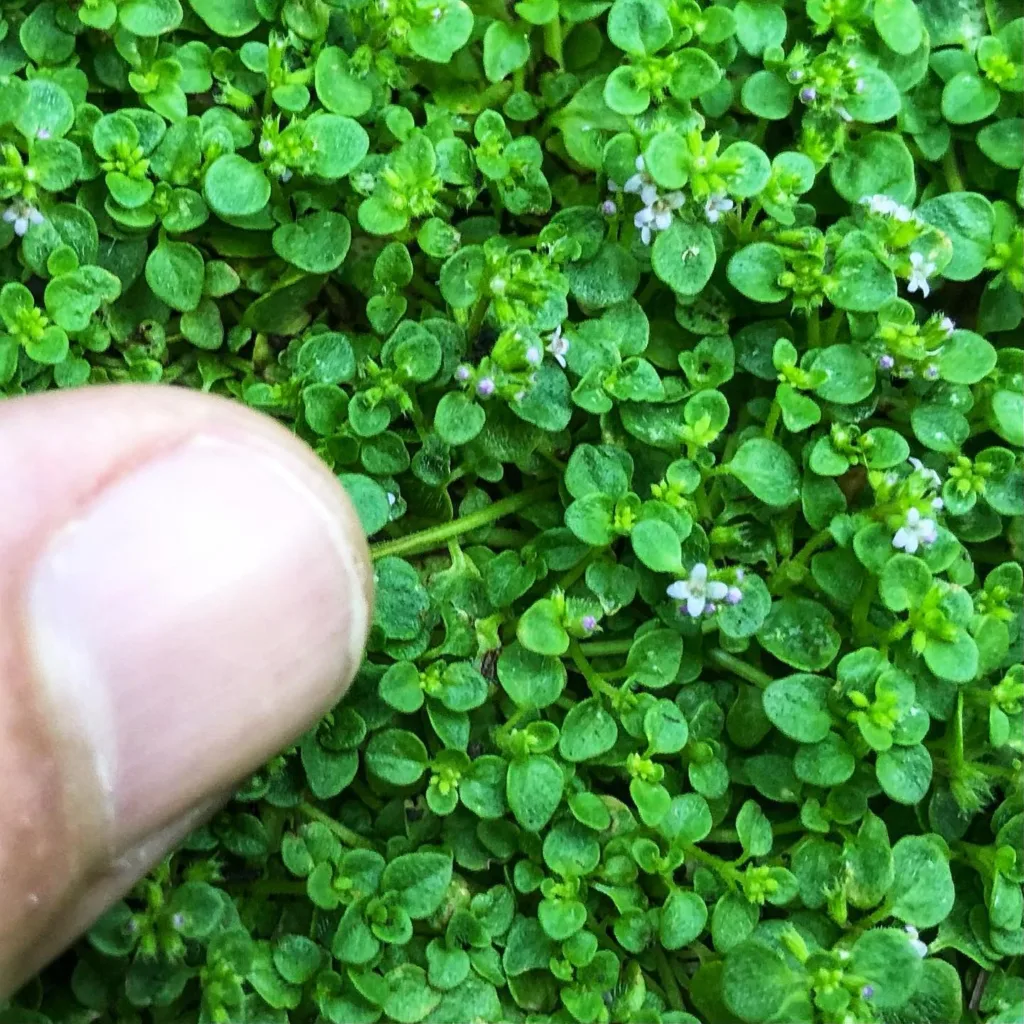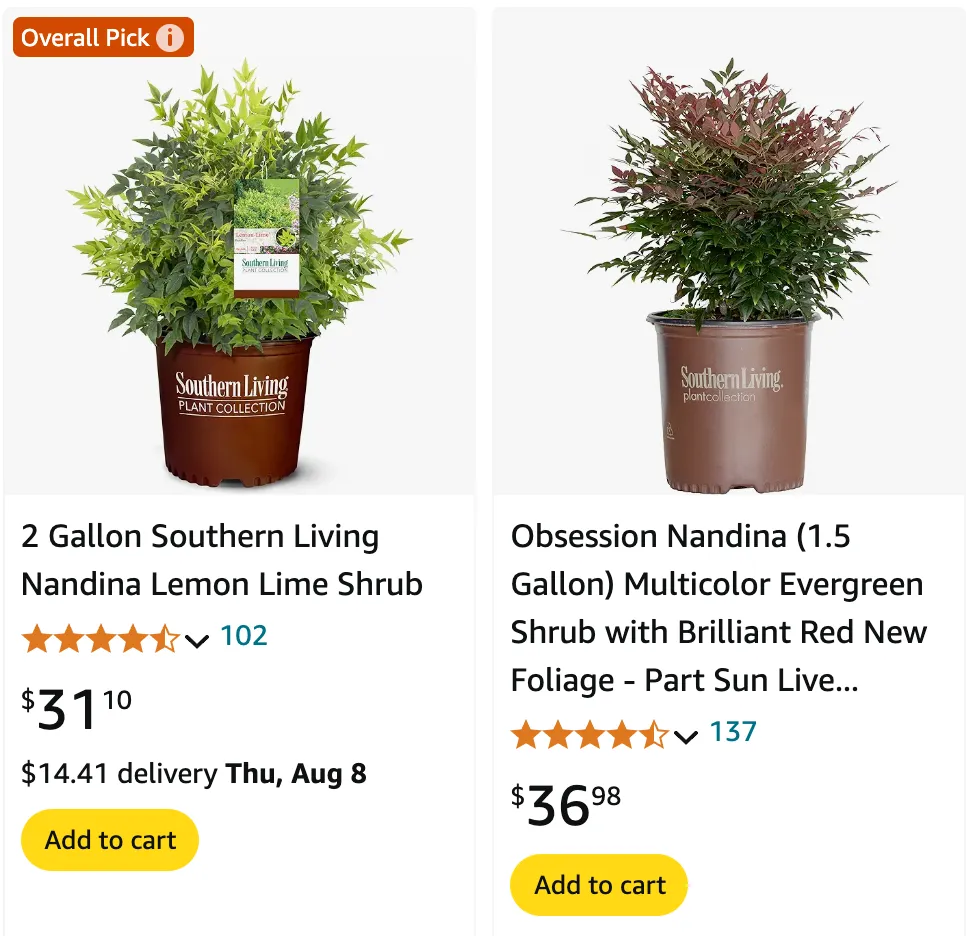
Nandina Domestica: A Timeless Beauty in My Garden
When I first encountered Nandina domestica, or “heavenly bamboo”, I was captivated by its ethereal charm. This plant, native to East Asia, has an understated elegance that can transform any garden. Despite its name, it isn’t bamboo at all but a member of the barberry family (Berberidaceae). Over the years, I’ve found it to be one of the most versatile, resilient, and visually dynamic plants in my garden.
Plant Family: 13 Genera in Berberidaceae
A Plant of Many Seasons
One of the reasons I cherish Nandina domestica is its year-round appeal. In spring, delicate, feather-like foliage emerges with a reddish hue. By summer, the leaves mature to a vibrant green, providing a lush backdrop for small, creamy-white flowers. These blossoms attract bees and other pollinators, making the plant not just beautiful but ecologically valuable.
As autumn arrives, the plant undergoes its most dramatic transformation. Its foliage takes on fiery shades of red, orange, and bronze. Simultaneously, clusters of bright red berries appear, persisting well into winter. These berries are like ornaments, giving my garden a festive touch during the colder months.
Cultural Significance and Versatility
In East Asian cultures, Nandina domestica holds symbolic value. Known as “the sacred bamboo,” it is often planted near homes or temples for good luck and protection. Its use in traditional gardens reflects its harmonious balance of form and function.
For me, its versatility is unmatched. I’ve used it as a focal point, a privacy screen, and even as a container plant on my patio. When paired with contrasting textures—like the spiky leaves of Yucca Color Guard or the soft fronds of Nephrolepis exaltata—Nandina’s foliage truly shines.
Wildlife Benefits and Considerations
While the berries are a visual delight, I’ve noticed that birds often feast on them during winter. However, they are mildly toxic to pets and humans, so placement in a safe area is crucial. This minor drawback doesn’t deter me from enjoying the plant but serves as a reminder to always balance beauty with safety in my garden designs.
Sustainability and Climate Resilience
One of the most rewarding aspects of cultivating Nandina domestica is its resilience. It tolerates drought once established, making it ideal for water-wise gardens. In areas prone to heat or humidity, it remains unbothered, offering a steadfast presence where other plants might falter.
I’ve also found that it’s an excellent plant for erosion control. Its dense root system helps stabilize soil, making it a valuable addition to slopes or areas susceptible to runoff.
How to Care for Nandina?
Nandina is relatively low-maintenance. It thrives in well-drained soil and prefers full sun to partial shade. Regular watering is essential, especially during dry periods. Fertilize in early spring with a balanced fertilizer to promote healthy growth.
How to Propagate Nandina?
Propagating Nandina can be done through seeds, cuttings, or division. I prefer using cuttings for quicker results. Take semi-hardwood cuttings in late summer, dip them in rooting hormone, and plant them in a well-draining potting mix. Keep the soil moist and provide indirect light until roots develop.
Are Nandina Berries Poisonous?
Yes, Nandina berries are toxic. They contain cyanogenic glycosides, which can be harmful to birds and mammals, including pets and humans. It’s essential to keep the berries out of reach of children and animals.
How to Prune Nandina?
Pruning Nandina is straightforward. Use sharp, clean pruning shears to remove any dead or damaged branches. Thin out overcrowded areas to allow light and air to penetrate. Prune the plant to maintain its desired shape and size.
When to Prune Nandina?
The best time to prune Nandina is in late winter to early spring before new growth begins. This timing helps encourage robust growth and ensures the plant has enough energy to recover from pruning.
Is Nandina Invasive?
Nandina can be invasive in some regions, particularly in the southeastern United States. Its berries are spread by birds, allowing it to establish in natural areas and outcompete native plants. Check with local authorities to see if Nandina is considered invasive in your area before planting.
Do Deer Eat Nandina?
Deer tend to avoid Nandina due to its toxic berries and unpalatable foliage. This makes it a good choice for gardens in areas with high deer populations.
Is Nandina Evergreen?
Yes, Nandina is an evergreen shrub. It retains its leaves throughout the year, providing year-round interest in the garden.
Do Nandinas Lose Their Leaves?
While Nandina is evergreen, it can shed some leaves, particularly older ones, as new growth emerges. This is a natural process and not usually a cause for concern.
What to Plant with Nandina?
Nandina pairs well with a variety of plants. I like to plant it alongside contrasting textures and colors, such as ornamental grasses, hostas, and ferns. Its year-round interest complements flowering perennials like coneflowers and daylilies.
Why Are My Nandina Leaves Turning Brown?
Brown leaves on Nandina can result from several factors, including insufficient water, poor drainage, or extreme temperatures. Ensure the plant is adequately watered and mulched to retain moisture. Check the soil drainage and protect the plant from harsh weather conditions.
Will Nandinas Survive a Hard Freeze?
Nandina is quite hardy and can withstand cold temperatures. However, in regions with severe winters, it’s a good idea to provide some protection, such as mulching around the base to insulate the roots.
Do Squirrels Eat Nandina Berries?
While squirrels may occasionally sample Nandina berries, they generally avoid them due to their toxicity. This helps the plant retain its berries through the winter months.
How Tall Does Nandina Grow?
Nandina can vary in height depending on the variety. Dwarf varieties may only reach 2-3 feet, while standard varieties can grow up to 6-8 feet tall. Pruning can help control its height and shape.
How to Tell if a Nandina is Dead?
If your Nandina shows no signs of new growth in spring and its branches are brittle and dry, it may be dead. Scrape a small section of bark with your fingernail. If you see green underneath, the plant is still alive. If it’s brown and dry, it might be time to replace it.
Closing Thoughts
Every plant in my garden tells a story, and Nandina domestica is no exception. Its quiet strength and seasonal transformations remind me why I fell in love with gardening in the first place. It’s a plant that doesn’t demand attention but earns admiration. For that, I am grateful to have it as part of my living landscape.

